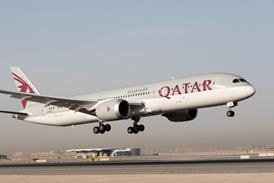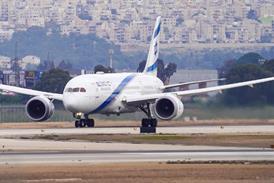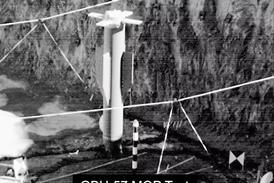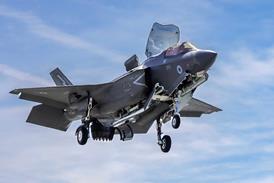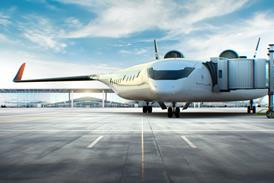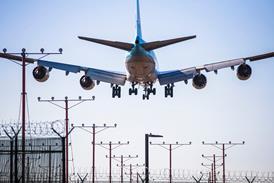The Trump Administration plans to cancel procurement of the Boeing E-7A Wedgetail airborne early warning and control (AEW&C) jet for the US Air Force (USAF).
Speaking on background on 26 June, officials with the Department of Defense told FlightGlobal the administration’s fiscal year 2026 budget request to Congress will eliminate development of the E-7A programme, which was launched under the Biden Administration.
The E-7A is meant to replace the air force’s ageing Boeing E-3 Sentry airborne warning and control system aircraft, a move that was mandated by elected lawmakers in Congress in previous defence budgets.
An official with the Department of the Air Force, who was not authorised to speak on the record, says the cancellation decision was driven by “significant delays”, cost increases, and concerns about the Boeing 737-derived E-7A’s survivability in a contested environment.
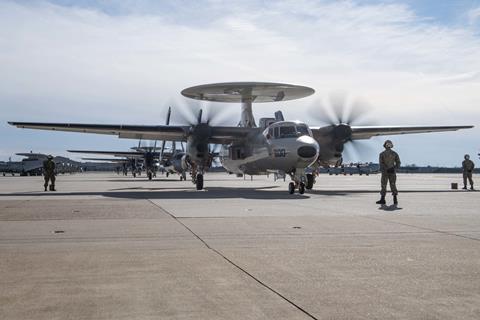
Instead, the Pentagon will invest in developing a new space-based capability for tracking airborne threats, while purchasing new-build Northrop Grumman E-2D Advanced Hawkeye aircraft to meet Washington’s short-term air battle management needs.
“We wanted to be able to span the globe,” a senior defence official says. “That’s a space based capability. We are bullish on space and we think that that’s a capability that can be achieved actually faster than the E-7 will deliver at this point.”
During congressional testimony earlier this month, US secretary of defense Pete Hegseth indicated the administration was inclined toward dropping the E-7 programme in favour of developing a space-based alternative.
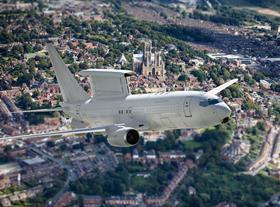
The senior defence officials who spoke on 26 June did not provide additional details on how many E-2Ds the air force would seek to field, or over what timeframe, as it winds down E-3 operations.
Northrop is actively producing the latest variant of the Hawkeye in St. Augustine, Florida. Last December, the company began work on the first of three E-2Ds destined for service with the French navy.
It is unclear if the additional E-2Ds would go to the US Navy, which already operates the type, or if the air force will operate the carrier-capable turboprop under the new plan.
Documents outlining the FY2026 budget, which would shed light on that plan, had not yet been made public at the time of this story’s publication.
Notably, the decision will still require approval from Congress, which is yet to pass a defence budget for FY2025, which concludes in September.
Lawmakers instead opted to extend the previous year’s funding, a legislative move known as a continuing resolution, which included development funding for the USAF E-7A programme.
Boeing did not immediately respond to a request for comment on the cancellation, or its impact on production.
However, at the recent Paris air show, Boeing defence chief Steve Parker indicated his confidence that E-7 development has the support it needs in Congress to remain viable.
“I believe E-7 Wedgetail will be in the US Air Force inventory in large numbers,” Parker said.
However, Parker also played the sceptic when it comes to a space-based capability being ready to take over for traditional AEW&C aircraft.
“I think there’s certainly a debate in terms of what can be done from space,” he said. “Versus what can be done at the airborne layer.”
Speaking before Congress on 26 June, head of the US Space Force General Chance Saltzman said airborne threat tracking – known officially as air moving target indications – has been added to the space force’s mission over in the past three years. More recently the service has been tasked with implementing a multi-layer missile defence system known as Golden Dome.
“These are not modernisation efforts or shifts from legacy missions,” Saltzman says. “They represent new requirements for missions that have never been accomplished by military space organisations.”
Exactly when the Pentagon’s space service will be ready to take over responsibility for airborne threat management remains to be seen.
Existing plans call for a USAF fleet of 26 E-7s, with Boeing already under contract to deliver two rapid prototypes by 2028.
Boeing is preparing to deliver the first of three E-7As to the UK Royal Air Force this year.
NATO headquarters also plans to acquire six of the AEW&C Wedgetail jets to replace its current fleet of E-3s.


